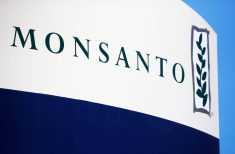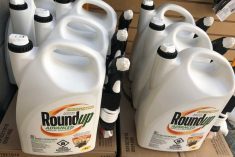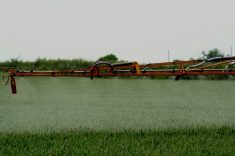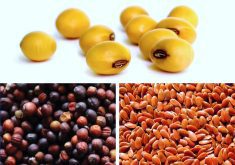Glacier FarmMedia – Growers are again being reminded about proper use of crop protection products and their potential impact on trade.
Keep It Clean, an initiative of several commodity organizations, recently released its annual list of products that may cause trouble with export sales.
“We are export dependant,” Greg Bartley, director of crop protection and production for Pulse Canada, said during a recent webinar. “On average, over 90 per cent of our canola is exported, over 80 per cent of our wheat and 80 per cent of our pulses. In some cases, we’re exporting to over 130 different countries across the globe.”
Read Also
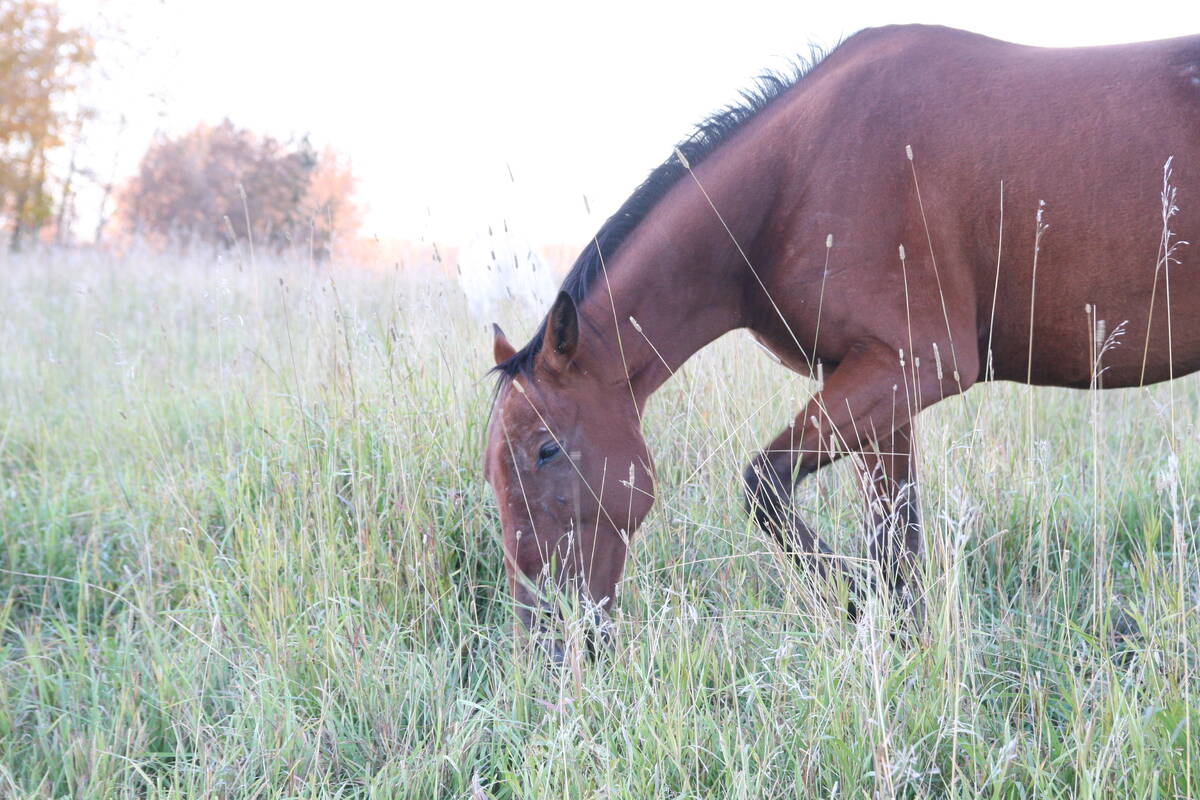
Beware giving horses too much iron
Horses consuming too much iron through diet or well water risk health problems like laminitis. Mineral testing forage and water is good practice for owners.
The patchwork of rules, regulations and standards is a perennial challenge for the grain sector. With so much of the country’s production going offshore, there are many different markets and different rules.
Canada has to abide by the regulations set by customers and an important standard is a country’s Maximum Residue Limit (MRL) — the maximum allowable pesticide residue that may remain on a food crop when the pesticide is used according to the label directions.
“And I always like to come back to that last part,” Bartley said. “This is why it’s so important to read and follow the label. It’s not just about good stewardship of the products. They do have residue implications.”
The MRL is not necessarily about food safety. It’s used for trade purposes and this is where many trade issues arise, often due to inconsistency in their application by export customers.
“So the policies themselves are inconsistent,” Bartley said. “It’s also that the majority of export markets don’t have a deferral pathway for missing or misaligned MRLs. When it comes to MRL trade problems, it may arise from a mis-harmonization.”
This arises from the many standards set by different organizations to which various countries defer their regulation.
Canada has its own MRL list so there is no deferral to a different standard. If one is missing, there’s a default MRL of 0.1 ppm.
It’s quite different in Italy, which will defer to European Union MRLs and, failing that, to a default of 0.01 ppm. Angola has no regulatory framework and defers to the UN’s Codex Alimentarius. Angola doesn’t apply a default MRL at all.
“When you look at all the 130 countries, lots of combinations of these MRL policies can be inconsistent,” Bartley said. “It’s really this lack of MRL deferral pathway and these missing and misaligned MRLs that can cause our trade concerns.”
Blending and shipping can also affect the level of pesticide residue on produce.
Farmers play their part in selection and use of pesticides. If there is any doubt, they should consult their buyers, agronomists and agri-retailers.
These are the advisories this year in the cereal, pulse and canola categories.
Cereals:
Fluopyram
A fungicide sold under brand names like Prosaro Pro.
- Oats – no categorization
- Wheat – no market risks
- Malt barley – buyers will not accept
- Barley – consult with buyer before using on feed or food barley
The intended use of this product on oats is below the threshold as per the Market Acceptance of Pesticide Use Policy and is subject to further review.
Tetraconazole
A fungicide marketed under names like Zolera FX.
- Oats – not registered
- Wheat – no market risks
- Malt barley – do not use
- Barley – do not use
Grain buyers will not accept barley (food, feed or malt) if treated with tetraconazole. MRLs are set at low levels or missing in some major markets.
Chlormequat
A plant growth regulator marketed under names like Manipulator.
- Oats – no market risks
- Wheat – no market risks
- Malt barley – check with buyer
- Barley – check with buyer
Check with the grain buyer to confirm contract obligations and acceptance before using chlormequat on barley for malt, food or feed. Potential MRL for barley, whether it’s malt, feed or food.
Pre-harvest glyphosate
This widely-used product has been a trade risk when used in fall.
- Oats – consult with grain buyer
- Wheat – consult with grain buyer
- Malt barley – do not use
- Barley – consult with grain buyer
Consult with grain buyers and follow product label instructions to minimize scrutiny in the global marketplace. Do not use as a desiccant.
Saflufenacil
A herbicide marketed under names like Heat.
- Oats – not registered
- Wheat – no market risks
- Malt barley – do not use
- Barley – no market risks
Potential market risk on malt barley as it has negative effects on malting process.
Pulses
Sethoxadim
A herbicide marketed under names like Poast Ultra.
- Peas – no market risk
- Lentils – consult buyer
- Chickpeas – consult buyer
- Dry beans – no market risk
- Faba beans – no market risk
Consult with grain buyer before using sethoxydim on lentils and chickpeas. The MRL definition of sethoxydim is anticipated to change in the European Union but the timeline is unknown.
Chlorothalonil
A fungicide marketed under names like Bravo ZN.
- Peas – no market risk
- Lentils – no market risk
- Chickpeas – consult buyer
- Dry beans – not registered
- Faba beans – not registered
Consult with grain buyer before using chlorothalonil on chickpeas. MRLs have been revoked in the EU and established at low levels.
Glufosinate-ammonium
A desiccant marketed under names like MPower Good Harvest
- Peas – not registered
- Lentils – do not use
- Chickpeas – not registered
- Dry beans – not registered
- Faba beans – not registered
Elevated risk of MRL-related trade disruption due to missing or very low MRLs in most major markets. Grain buyers will not accept treated lentils.
Pre-harvest glyphosate
As in cereal crops, there can be trade implications when used as a pre-harvest herbicide.
- Peas – consult buyer
- Lentils – consult buyer
- Chickpeas – consult buyer
- Dry beans – consult buyer
- Faba beans – consult buyer
Do not use as a desiccant.
Consult with grain buyer before using pre-harvest glyphosate on pulse crops. MRLs are established in all major markets but marketing restrictions may be present due to scrutiny of glyphosate in the global marketplace. Green lentils are classified “yellow – be informed”, while red lentils are classified “green – no market risks identified”. This variation is due to the difference in sensitivities of end use markets. Most dry bean buyers do not accept pre-harvest glyphosate.
Canola
There are no market concerns with product registered for canola but there is an update for the insecticide lambda-cyhalothrin. Due to the PMRA’s re-evaluation decision, effective April 29, 2023, crops treated with lambda-cyhalothrin (Matador, Silencer, Labamba, etc.) cannot be used for livestock feed, including any seed screenings and aftermath. As any crop entering the grain handling system is eligible for livestock feed, this poses a risk of becoming an off-label use.
– This article was originally published at the Manitoba Co-operator.




